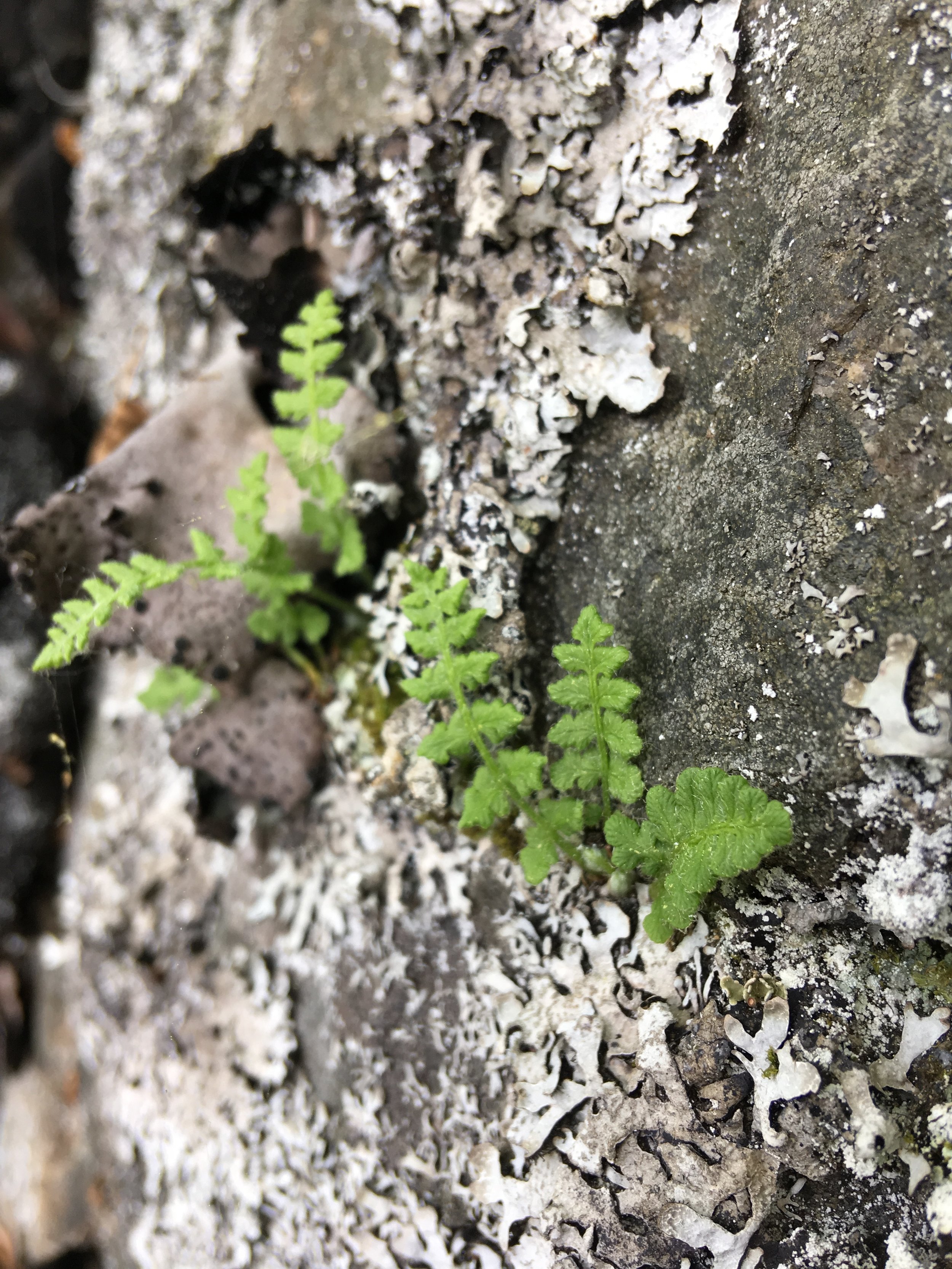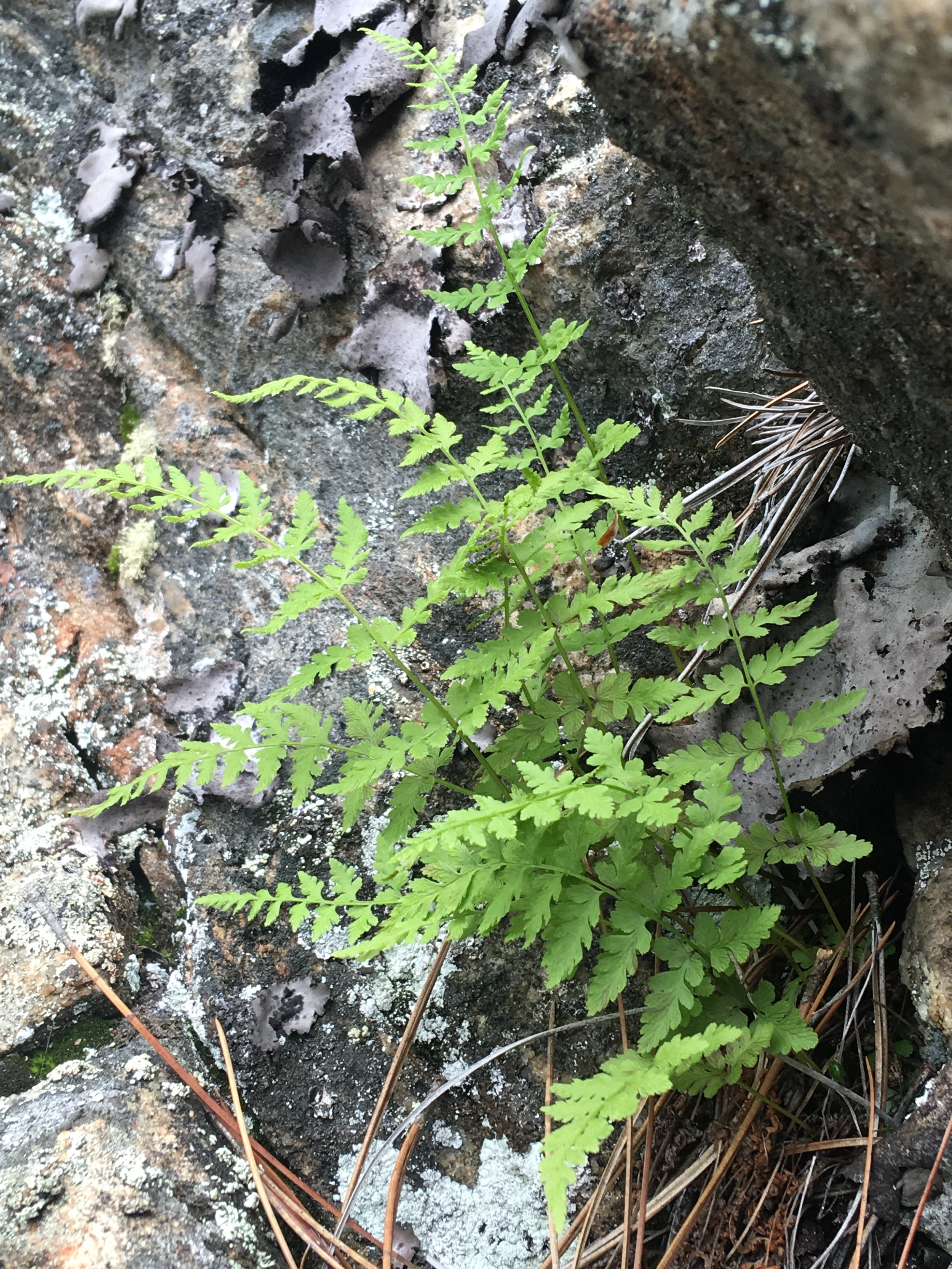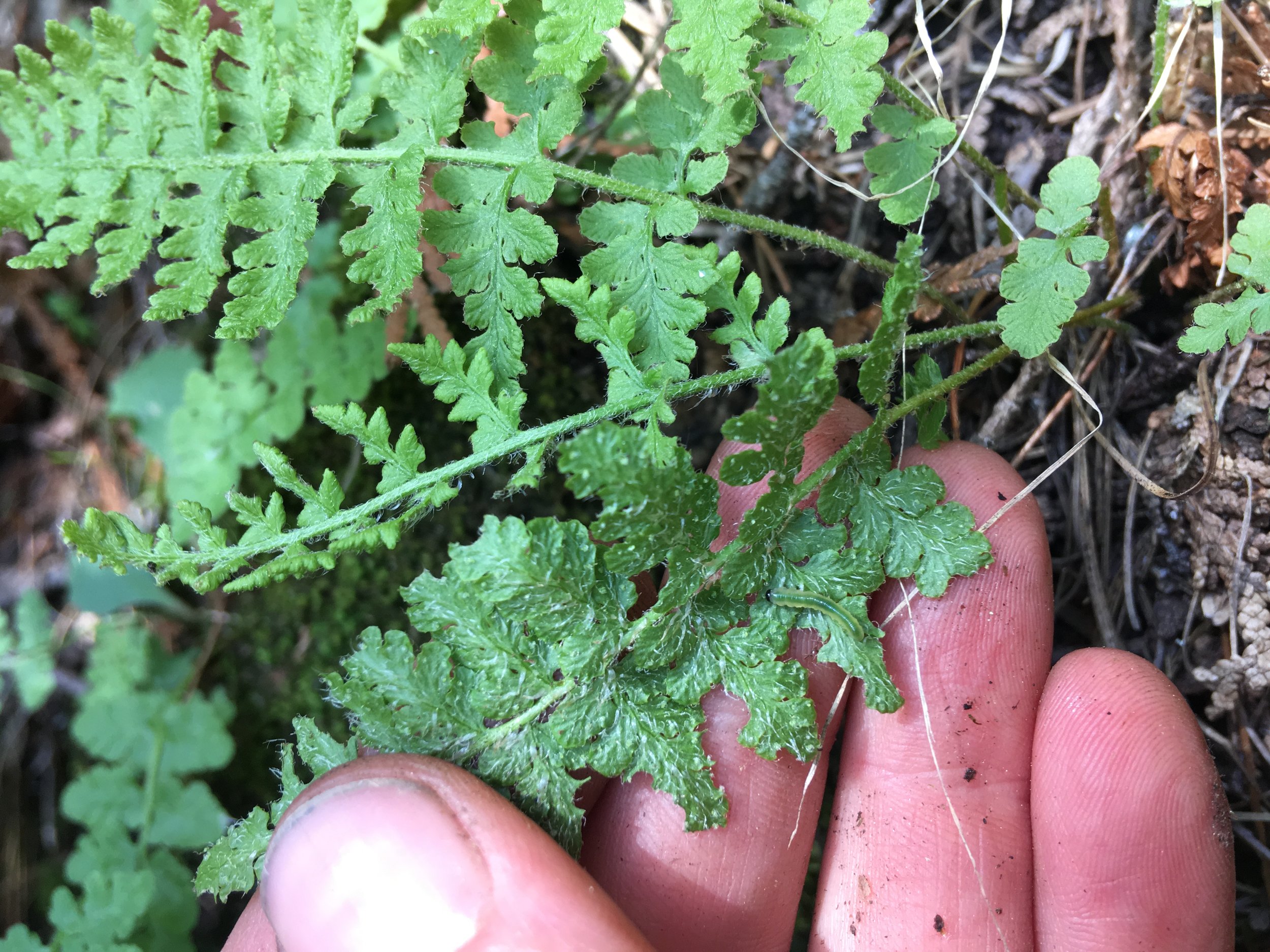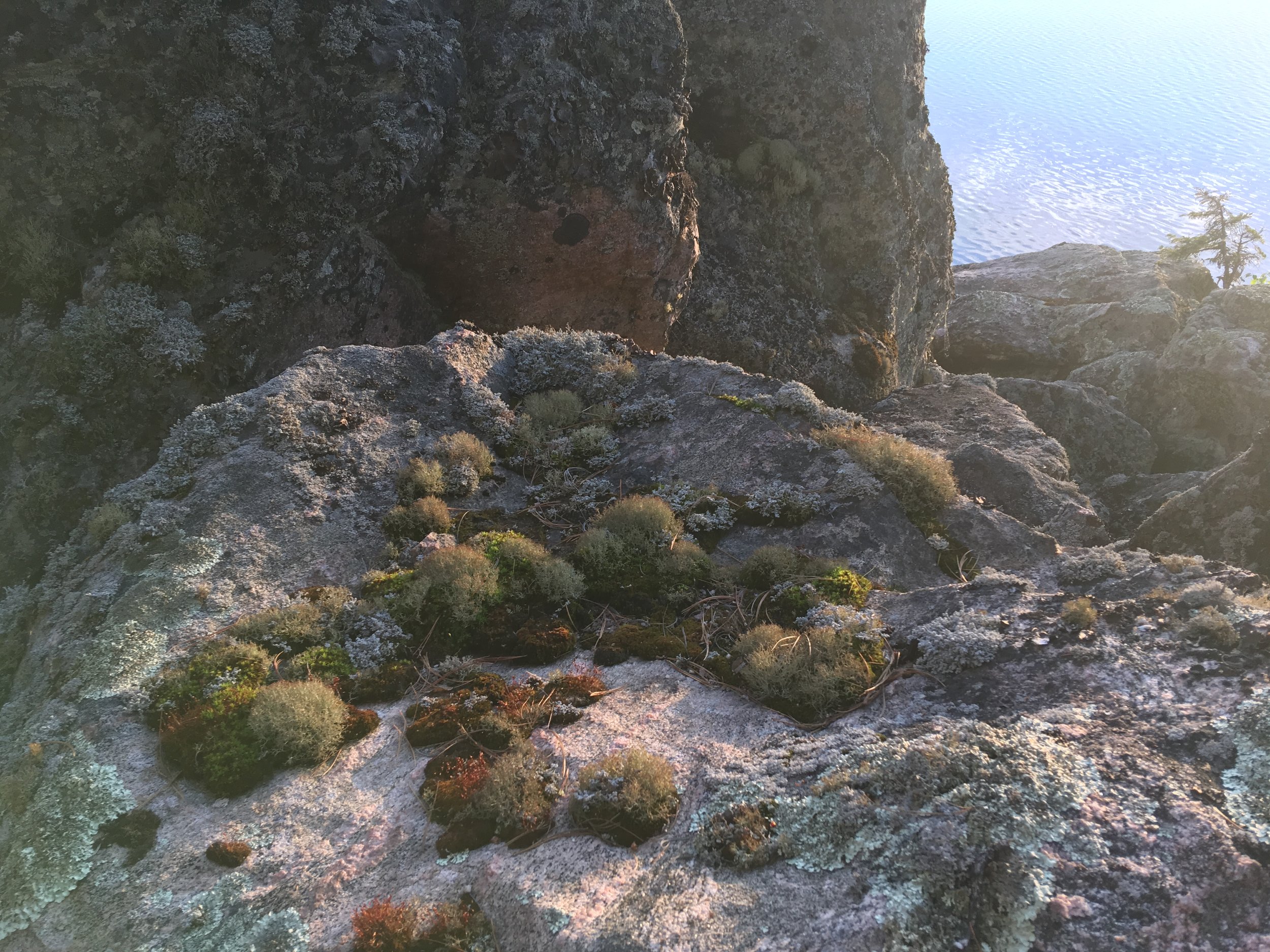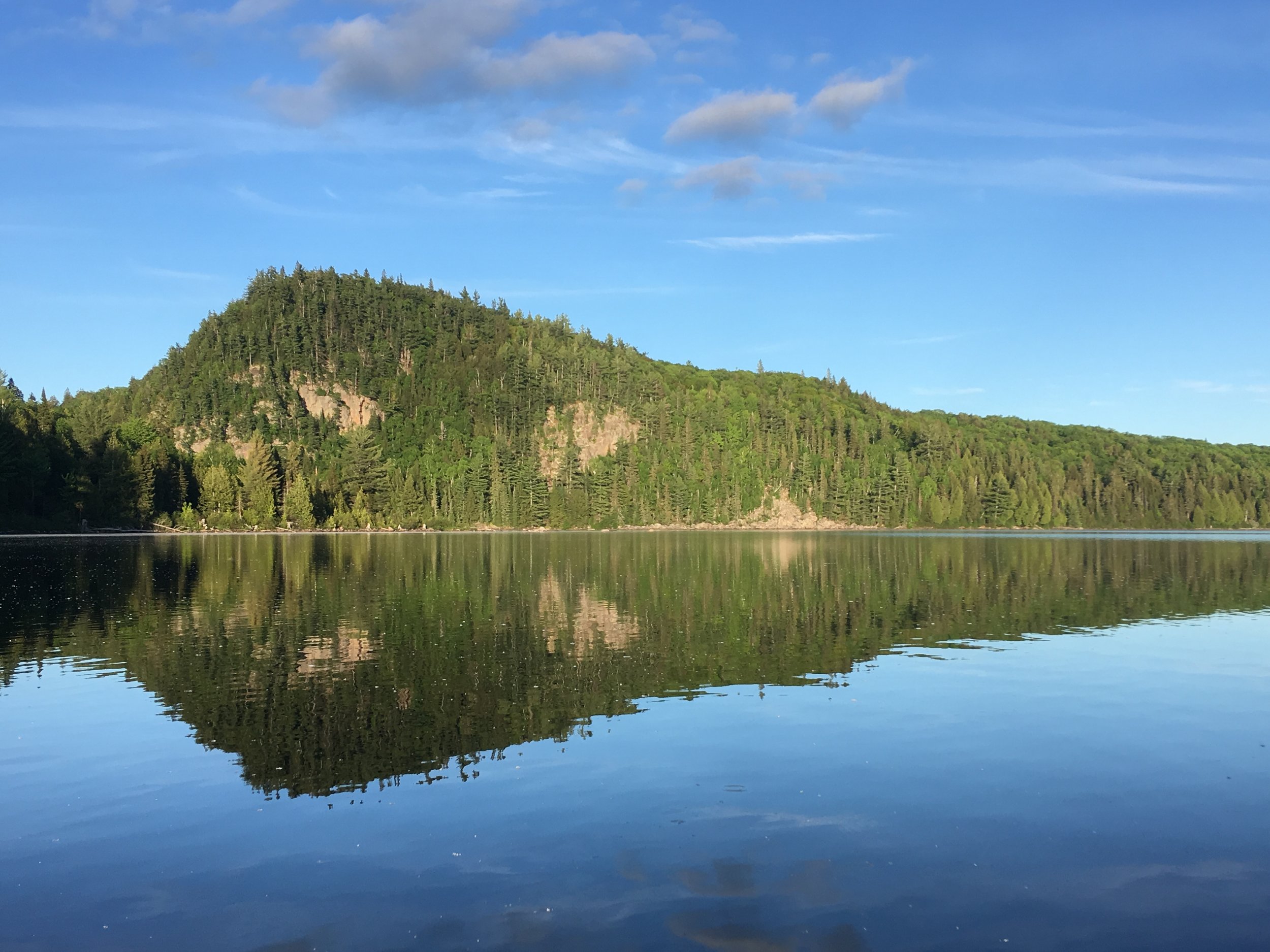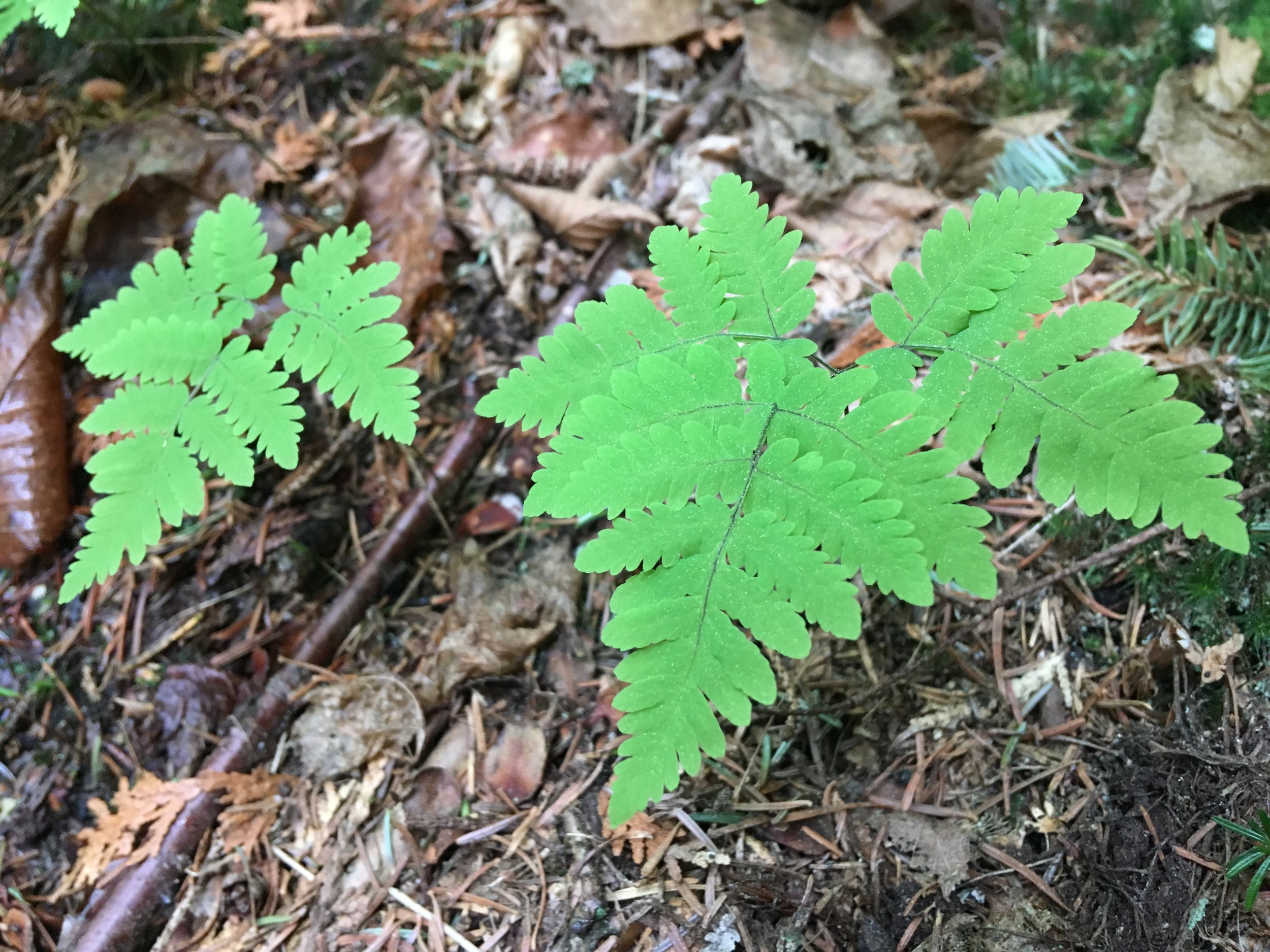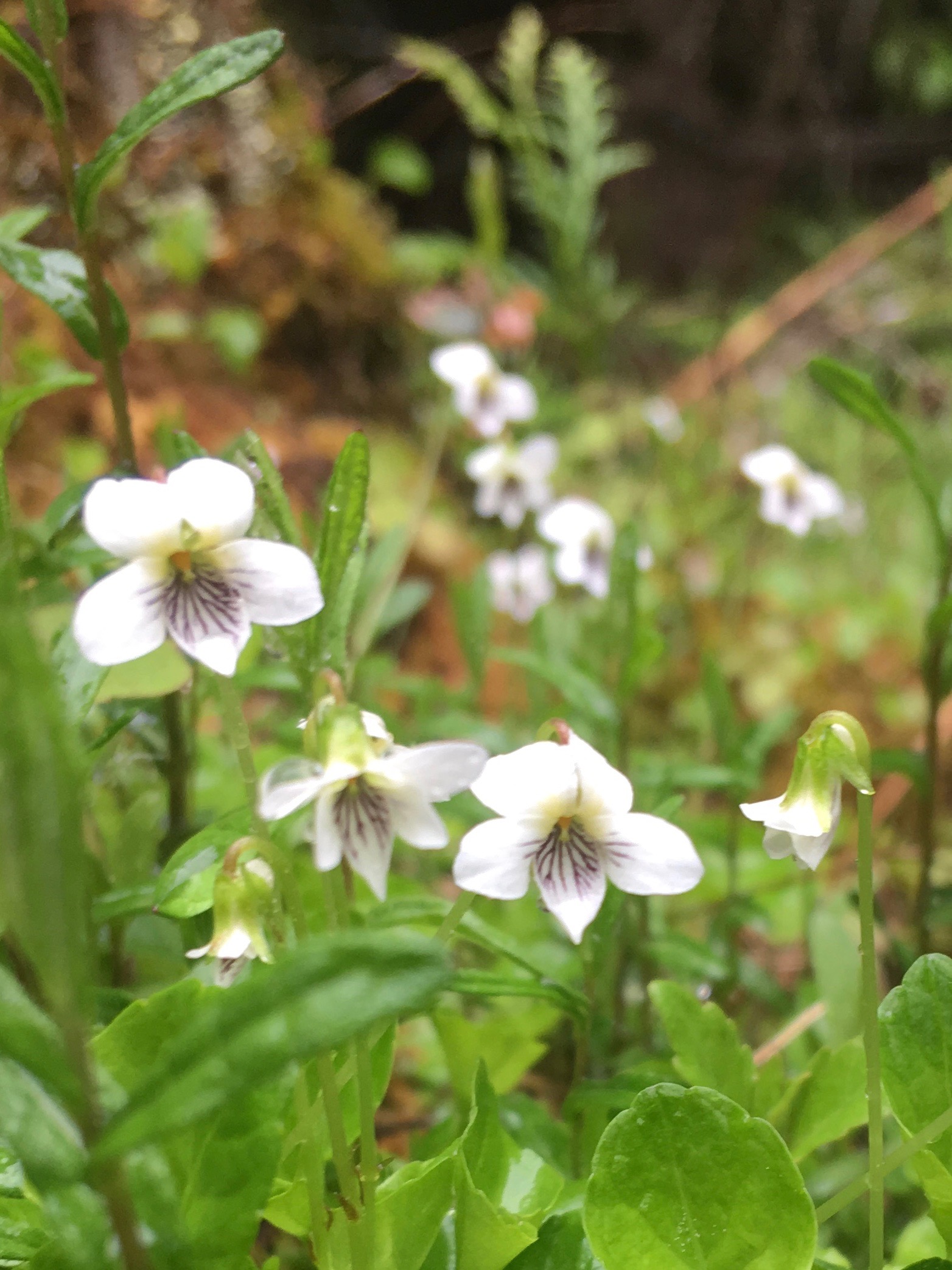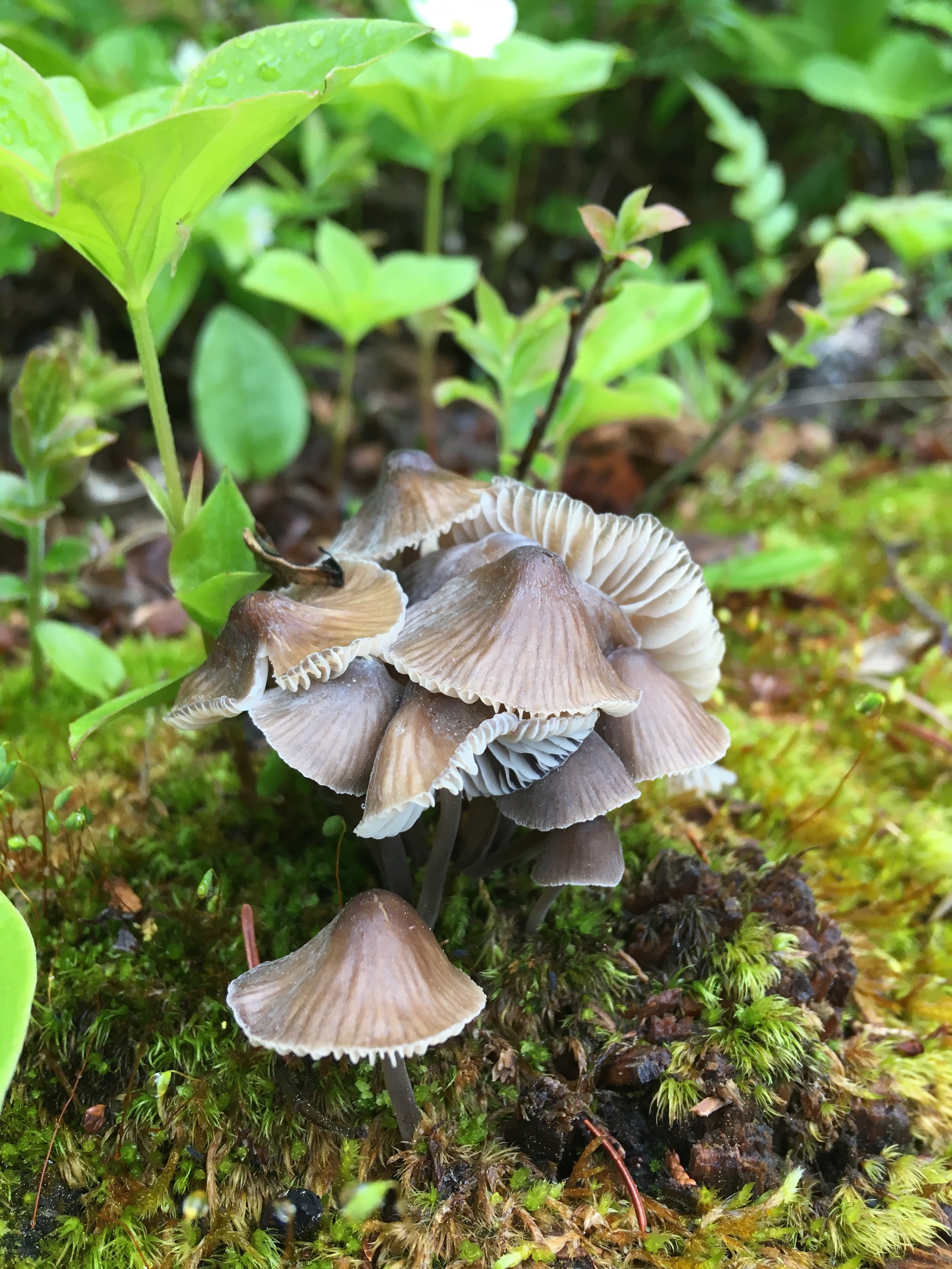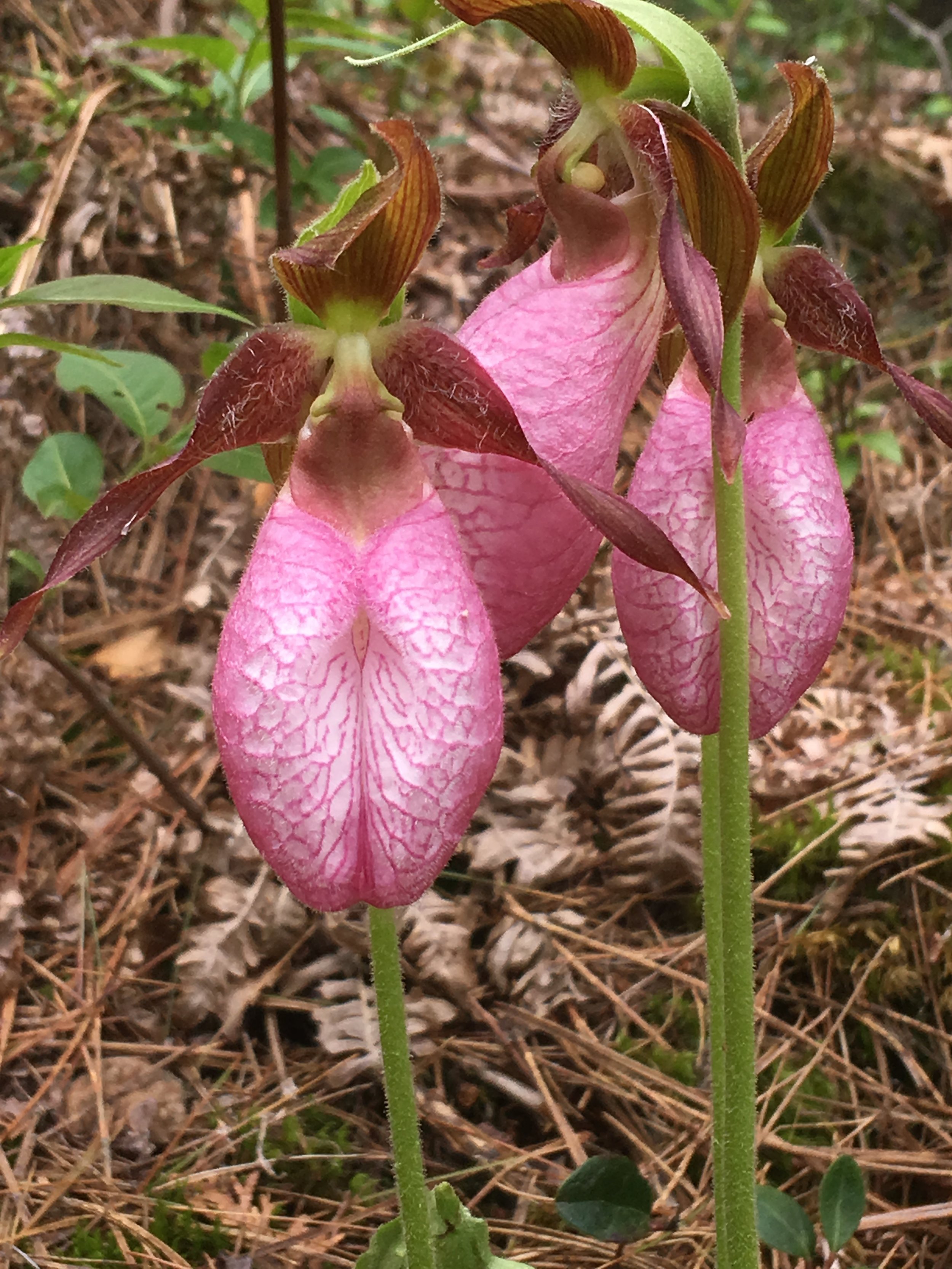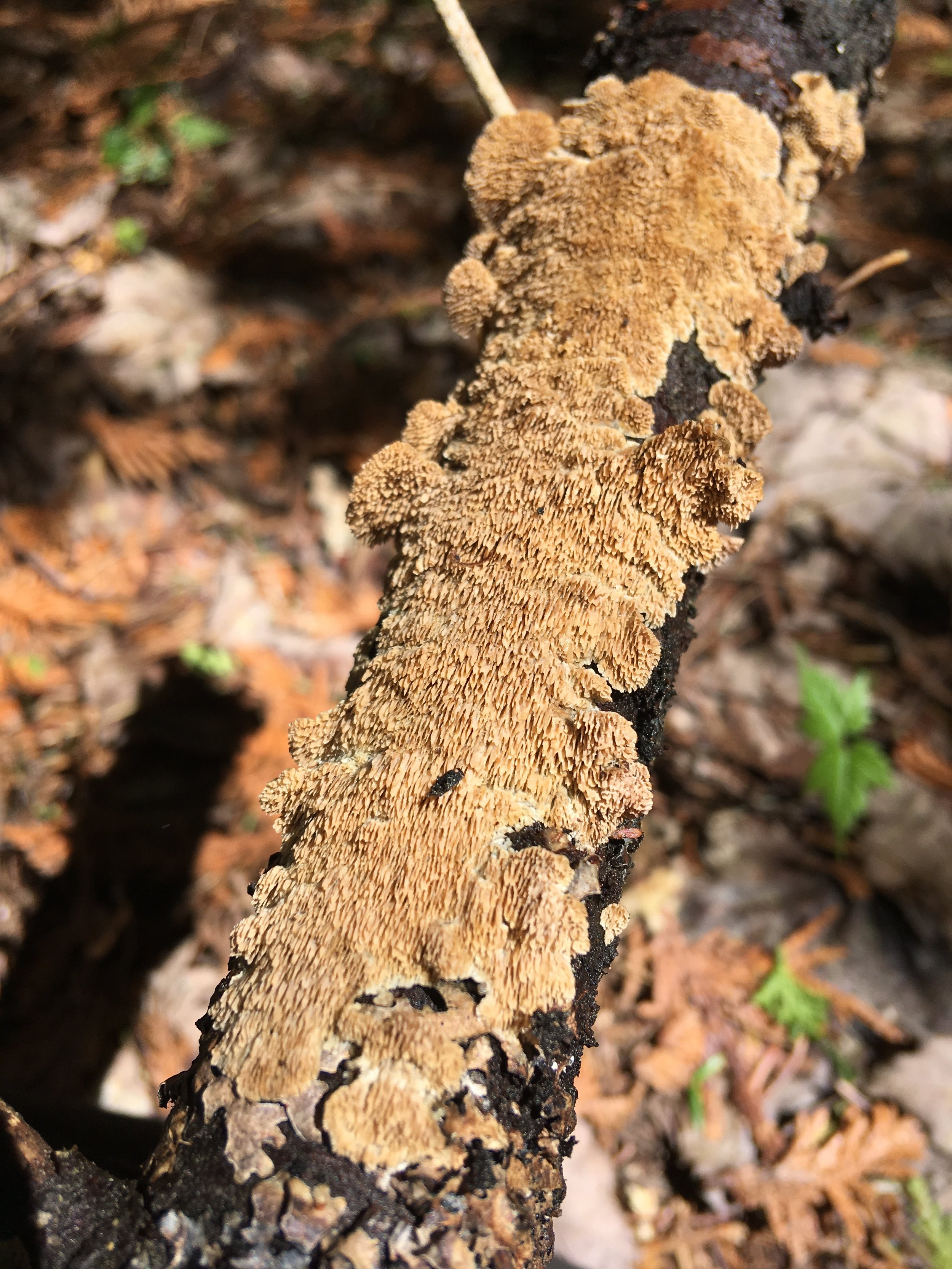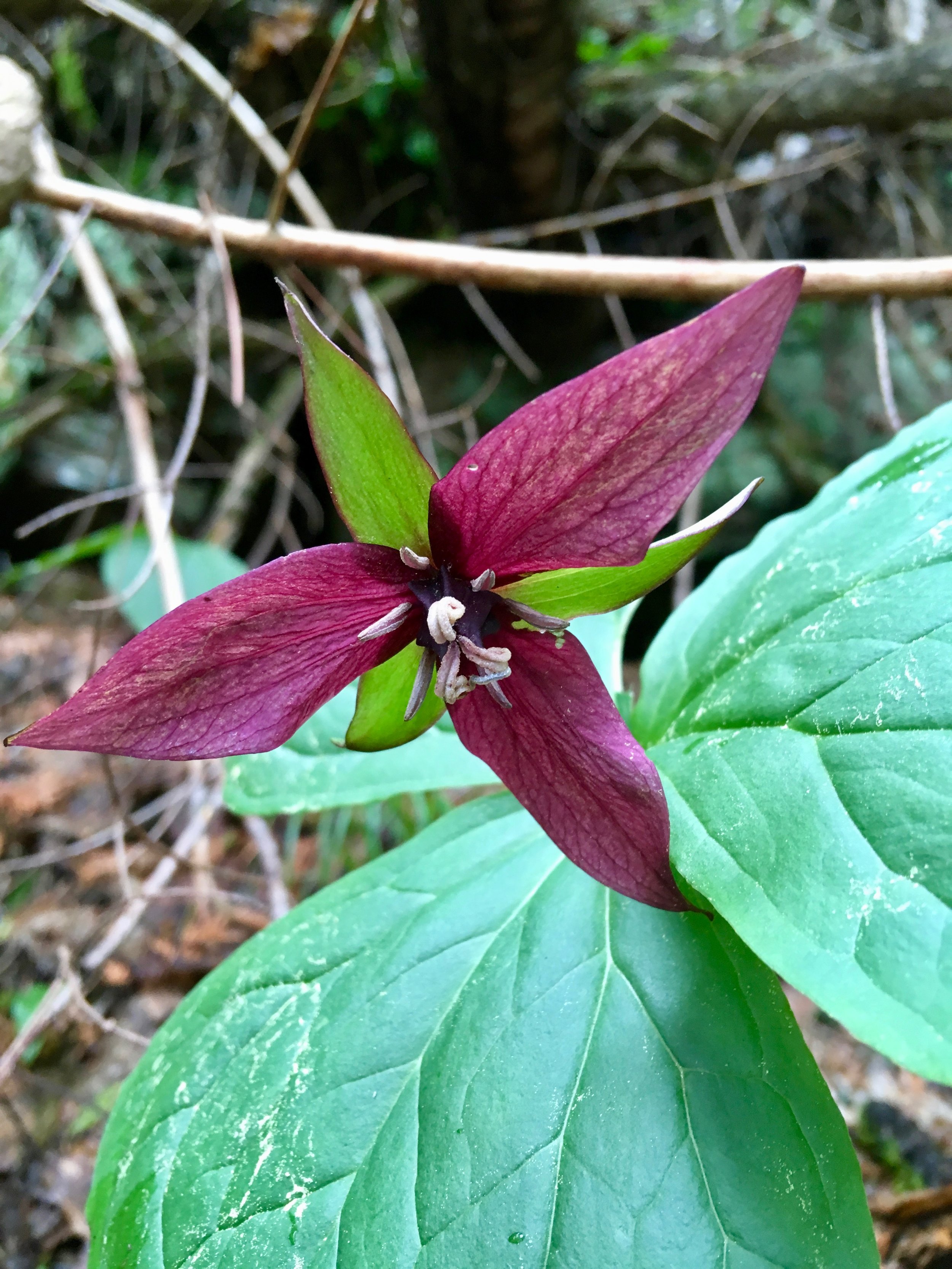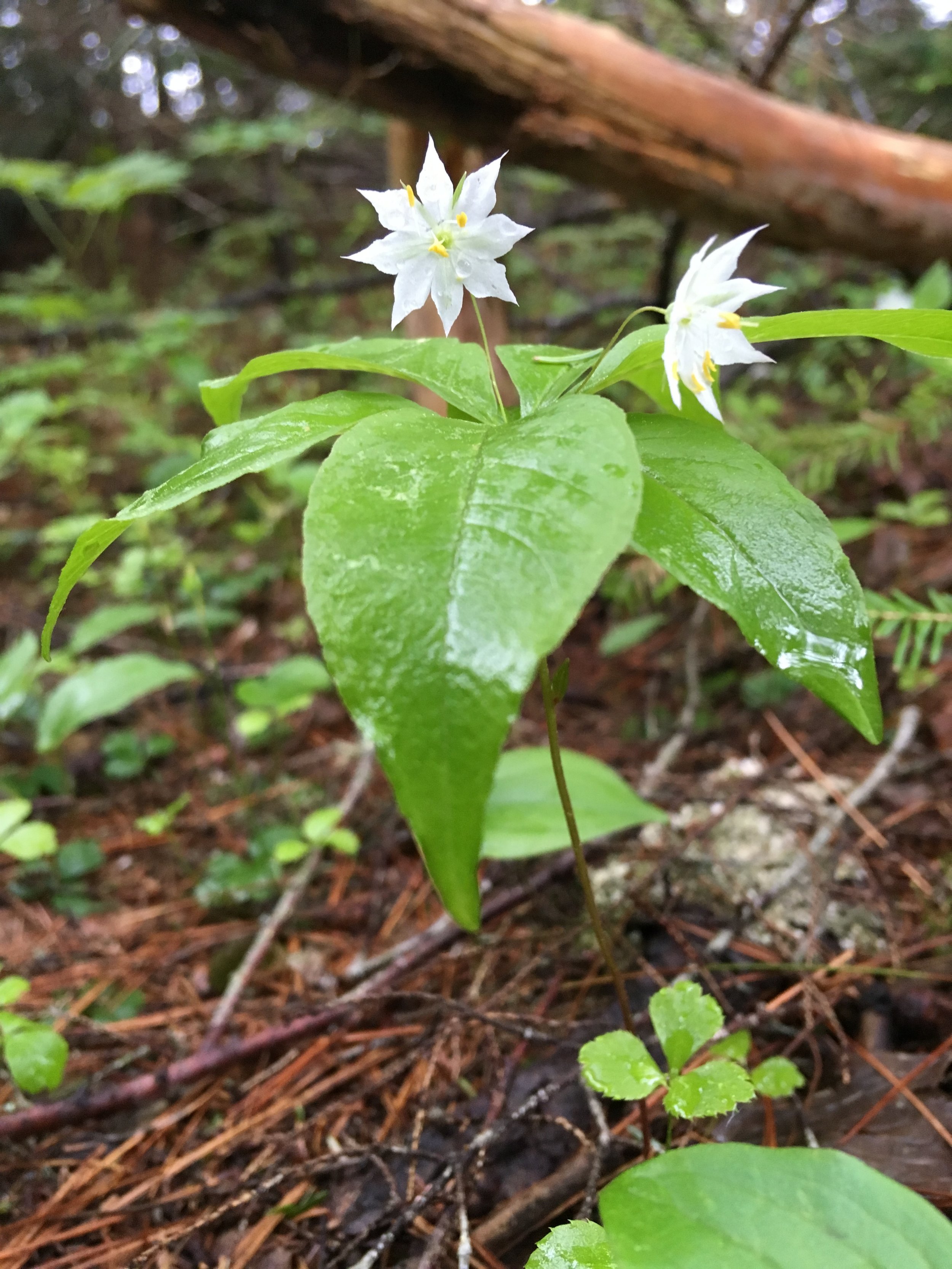Back Country, Black Flies, and Cytogenetic Exploration
/Lilacs blooming outside of Algonquin Outfitters at Brent Campground. Algonquin Provincial Park, Ontario, Canada.
Algonquin Fieldwork — 2019
Chromosome studies are critical to understanding plant evolution, both in recent history and spanning deep geological time. During June, 2019, members of the Grusz Lab spent 10 days in Algonquin Provincial Park, Ontario, Canada, visiting previously recorded localities of Woodsia scopulina and its relatives to gather leaf material for cytogenetic investigations.
Expedition Algonquin
Dates: 11–20 June 2019
Round trip (driving): ~3,200 miles
Total portages (canoes): ~ 10 km
According to Don Britton, Woodsia spp. tend to undergo meiosis around the time when lilacs bloom. (Much to our inconvenience, this happens to coincide with the worst of black fly and mosquito season in southeastern Canada.) Britton’s prediction proved accurate and we successfully collected a surplus of Woodsia material for meiotic chromosome studies.
Collecting on Carl Wilson Lake, Algonquin Provincial Park, Ontario, Canada.
Three lab members—Dr. Amanda Grusz, MSc. candidate Ashley Zenzen, and undergraduate BURST researcher Jacob Martin—were joined during the expedition by Peter Schafran (Smithsonian Institution / Old Dominion University; PhD. candidate), an expert in the aquatic lycophyte, Isoetes.
Left to right: Amanda Grusz, Peter Schafran, Ashley Zenzen, and Jacob Martin. Canisbay Campground, Algonquin Provincial Park, Ontario, Canada.
The adventure began at Canisbay Campground, which served as a staging point for the first leg of fieldwork, exploring Cache Lake and Hilliard Lake. We were ultimately unsuccessful in finding Woodsia scopulina at these localities, but instead encountered healthy populations of the geographically widespread taxon, Woodsia ilvensis. After our time around Canisbay, Grusz Lab members parted ways with Peter and headed for Brent Campground in the northern end of the park.
We then paddled from Cedar Lake, crossing 3 portages to reach our destination at Carl Wilson Lake—a known locality of Woodsia scopulina. After multiple days scouring cliffs along the edges of Carl Wilson Lake, we returned to Brent Campground with many samples of Woodsia ilvensis.
Paddling for plants
Our route from Cedar Lake to Carl Wilson Lake spanned 4 lakes and 3 portages, ending with spectacular cliff faces…and swarms of black flies.
Altogether, we were successful in collecting lots of Woodsia ilvensis but, sadly, we recovered few (if any) putative specimens of Woodsia scopulina. Fortunately, Peter was able to collect population samples of Isoetes for future studies, and we were all able to gather frozen material for downstream RNA analyses.
We enjoyed lovely displays of late spring ephemerals, bryophytes, fungi, and lichens, and learned the value of mosquito nets and heavy duty bug spray. In true Canadian fashion, we encountered multiple moose along the way.
Cache Lake, Algonquin Provincial Park, Ontario, Canada.





